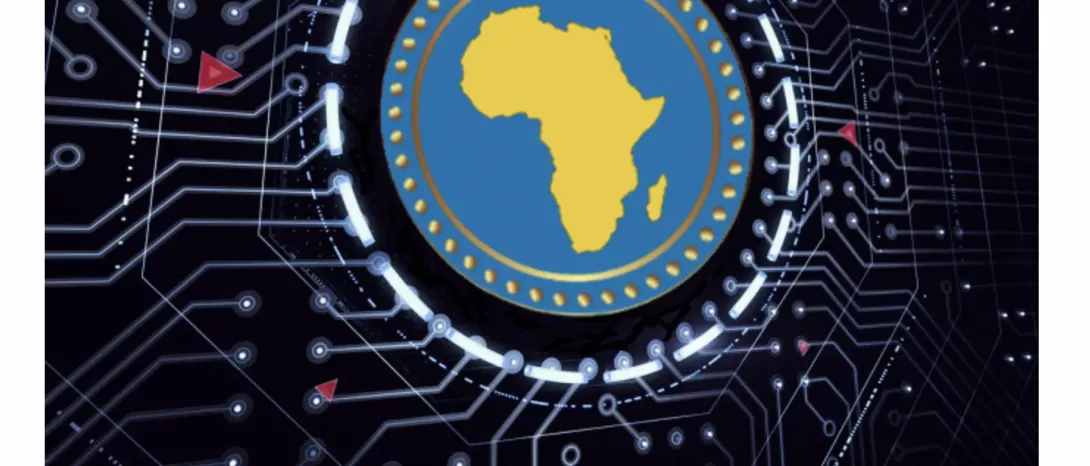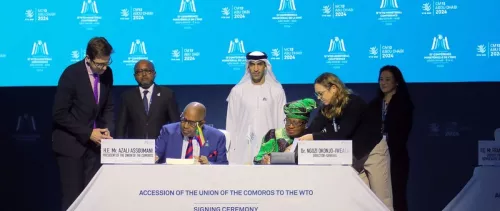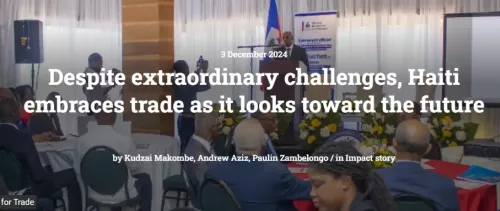
The macroeconomic context for developing country trade in the time of COVID-19
With the rise of the COVID-19 pandemic in a deeply interconnected global economy, the socio-economic and public health impacts of the crisis are becoming more apparent. These impacts are revealing the disproportionate effect of the crisis on the least developed countries (LDCs), with consensus being a likely economic downturn that will be more severe for LDCs.
Challenges such as disruptions to supply chains beleaguered LDCs pre-COVID, and, in response, governments across the world were creating policy environments favourable to stimulating competitiveness and value addition. The supply challenges for LDCs have now magnified, and efforts will need to continue to stimulate the economies that are most in danger.
Mitigating the harmful effects of the current pandemic and accelerating a post-crisis recovery may well depend on how well LDC governments can overcome transaction and confidence frictions in digital commerce. Lockdowns, social distancing measures and the need for virtual engagements mean such government actions are timely.
The challenge
Ongoing assessments of the COVID impact on trade across the LDCs show that the failure of market-oriented, productive-sector interventions to boost sales and product offerings is a major economic risk. Analysis conducted by the Enhanced Integrated Framework (EIF) (assessing dedicated COVID-19 risk management action sheets across the LDCs), shows that this is a cross-cutting global risk that could broadly impact export earnings and the human development indicators in these countries.
Blockchain is well suited for targeted LDC interventions in trade finance, customs clearance, transportation and logistics, trade in goods and services as well as government procurement.
Addressing these issues with blockchain technology could help mitigate a number of risks of an operational nature such as the scarcity or inflation of resources, which could result in higher selling prices for essential goods and services. As a major tool to enhance efficiency and paperless trade, deploying blockchain in the current environment could not be timelier.
The opportunity
One can think of blockchain as a decentralised, distributed record or “ledger” of transactions. Every transaction is encrypted and stored permanently. Unlike traditional databases, which are administered by a central entity, blockchain relies on a peer-to-peer network that no single party can control. Blockchain promotes transparency through time-stamped transactions that cannot be easily altered, allowing easy traceability of products and transactions.
Blockchain is well suited for targeted LDC interventions in trade finance, customs clearance, transportation and logistics, trade in goods and services as well as government procurement.
Blockchain without digitalisation?
The research on the digital divide between LDCs and other countries is extensive. LDCs need further investment to help reach the same levels of digital competitiveness as other countries. And, blockchain depends on robust uptake of economic digitalisation and telecommunications access. In light of the more-ready availability of smartphones, there is a case to be made that blockchain technology could leapfrog the gains already made in telecommunications infrastructure. Failing to adequately make this transition risks leaving LDCs even further behind.
Apart from infrastructure concerns, important problems persist in the uptake of internet-based innovation. Many consumers have privacy concerns and are wary of information security in web-based transactions. The extant capabilities of blockchain can inform the implementation of paperless processes to ensure the greatest transparency and efficiency gains. The power and diversity of application of blockchain technology should be an additional push toward vigorous digitalization.
Increasing value addition
It is important to note that many governments have made huge progress with digitalisation. Senegal has facilitated the transition and delivery of essential supplies by fast-tracking ecommerce policies and reforms. The country’s Trade Ministry has created an ecommerce platform that provides easy access to websites of small- and medium-sized enterprises (SMEs) that sell essential goods. The platform helps businesses reach consumers in major urban centres, thereby ensuring people can purchase what they need to ride out the crisis.
Senegal is a model for timely innovation that could be a model for others. The country followed up on the recommendations of its e-trade readiness assessment and the roadmap set out in its national ecommerce development strategy, which was supported by EIF and launched in December 2019. Currently, its nimbleness and openness to innovation means many of its ecommerce gains can be further improved with blockchain. Enhancing the security and efficiency of transactions through distributed ledger technology could lead to an even larger uptake by merchants and 'e-wary' purchasers.


